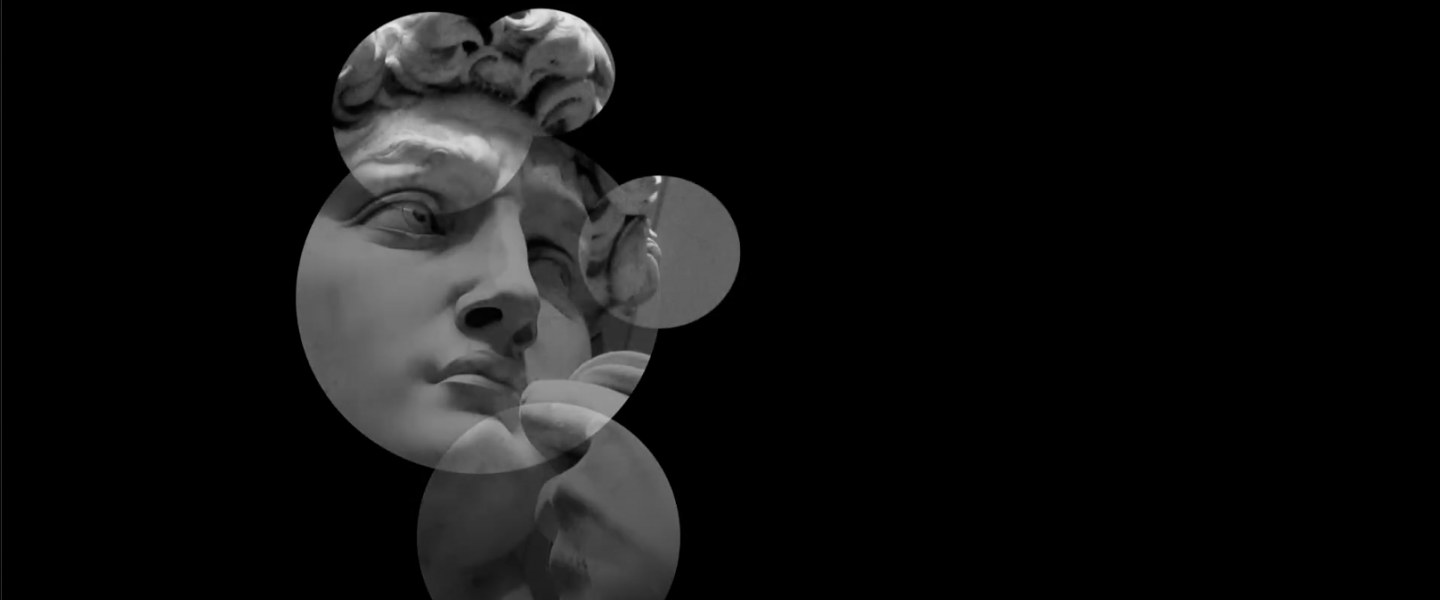
Core Scholar Sirena Khanna CC’20 Reimagines Beauty in Michelangelo’s David
Neuroscience and Behavior graduate Sirena Khanna CC’20 questions the definition of beauty upheld by Polykleitos and Michelangelo in her original animation.
Balanced, natural, athletic, idealized--these are the adjectives we used to describe Doryphoros and David in my Art Hum class. Despite being crafted almost two thousand years apart, these two sculptures exemplify a similar idea of beauty that revolves around ratios, contrapposto, and the athletic, male nude. To Polykleitos, beauty is captured in the Greek idea of symmetria, or commensurability, such that beauty is ratios; beauty is the commensurability of fragments, not of what is there but how the things that are there relate to each other.
In my animation, I wanted to challenge this idea of beauty by fragmenting Michelangelo’s David and superimposing these fragments onto each other until they culminate in a reimagined David. This interplay of parts is meant to be balanced, harmonious, and beautiful, but it can also be seen as distorted, incongruous, and grotesque, at least on the surface. Does the animation show that beauty is truly in the proportions, or is beauty something else, something indescribable and irreducible to mathematical ratios?
The song “Busy and Important” by Tom Rosenthal is also meant to cast a different light, one that is tragic and puts a damper on the greatness, the fame, and the enviability of famous sculptures and artists. I like to imagine the lyrics from the perspectives of Michelangelo, Polykleitos, David, and Doryphoros, each with their own connection to the themes of mortality, fame, and being overworked. (The closing lyrics, “I’m too busy to finish,” and the tearful David are meant to nod at the fact that another sculptor originally worked on the marble used to sculpt David, but they gave up the project and left the marble to Michelangelo.)
Ultimately, I hoped to question the definition of beauty upheld by Polykleitos and Michelangelo. I worry that if we simply reduce beauty to numbers and fame, we might miss out on the many beautiful things the world has to offer, especially the things that are neglected under the label of imperfection or irrelevance.
Core Scholars are students who create Core Reflections to analyze, question, dramatize, interpret and reflect on the works of the Core Curriculum. Core Scholars are selected annually.

Please log in to comment.